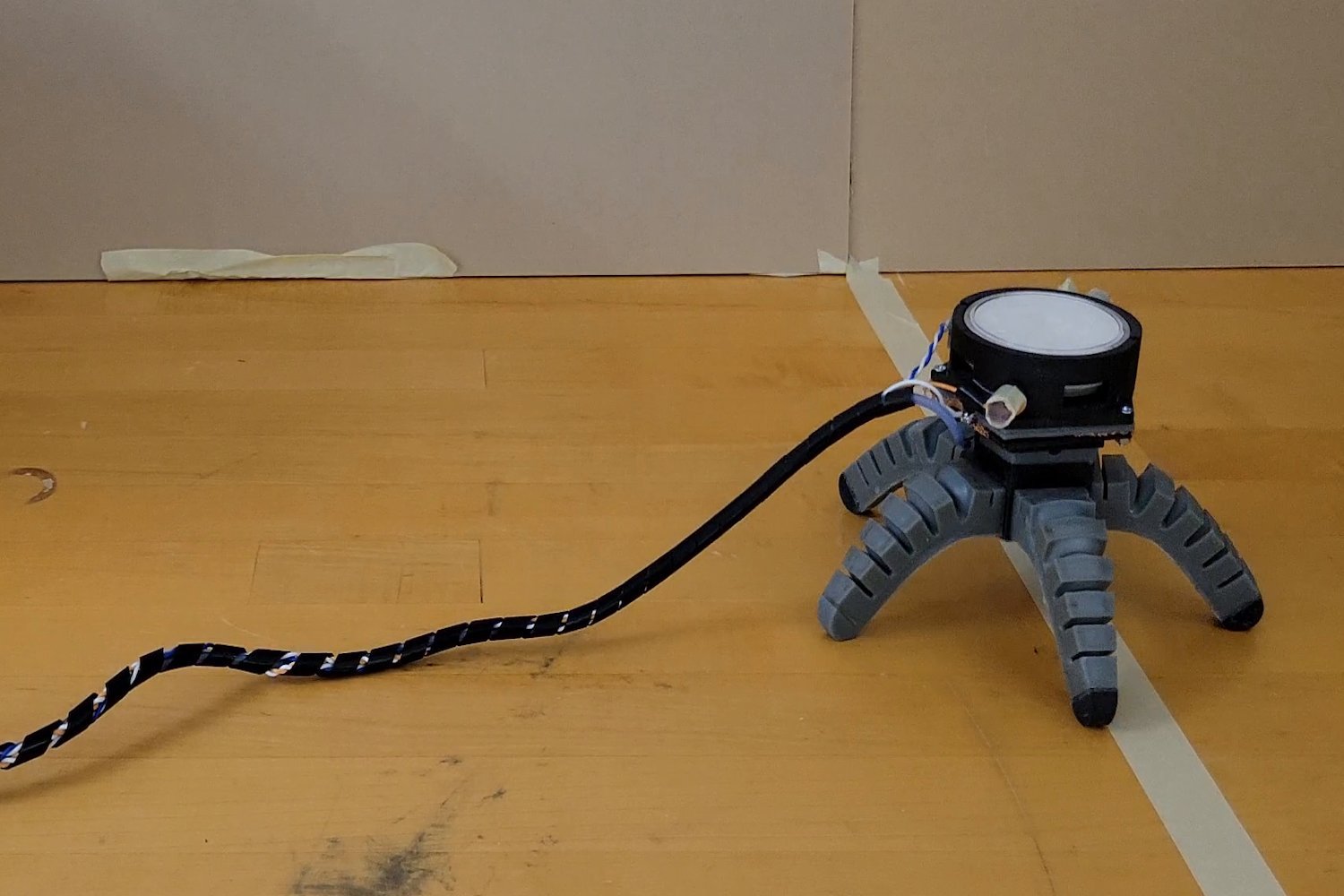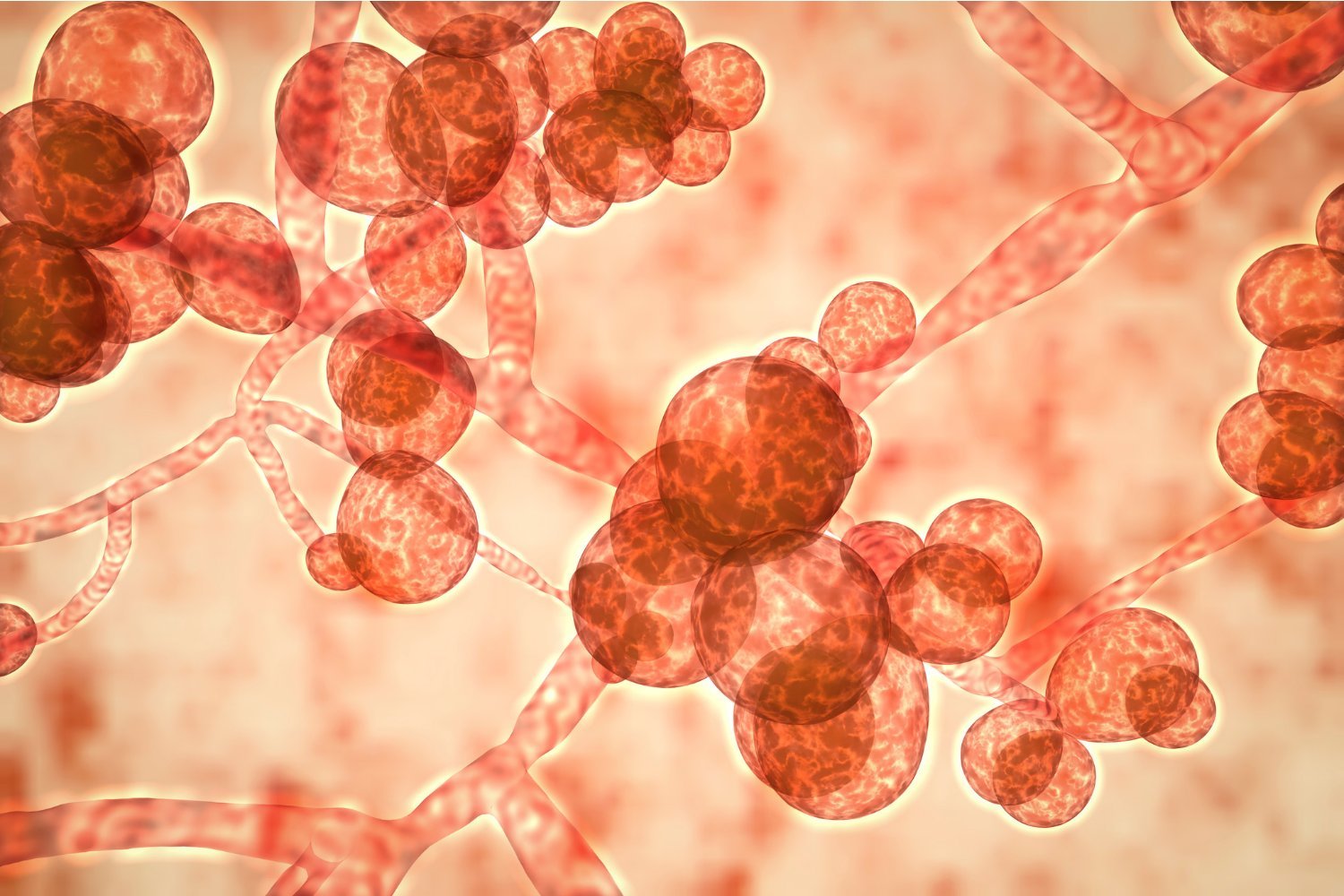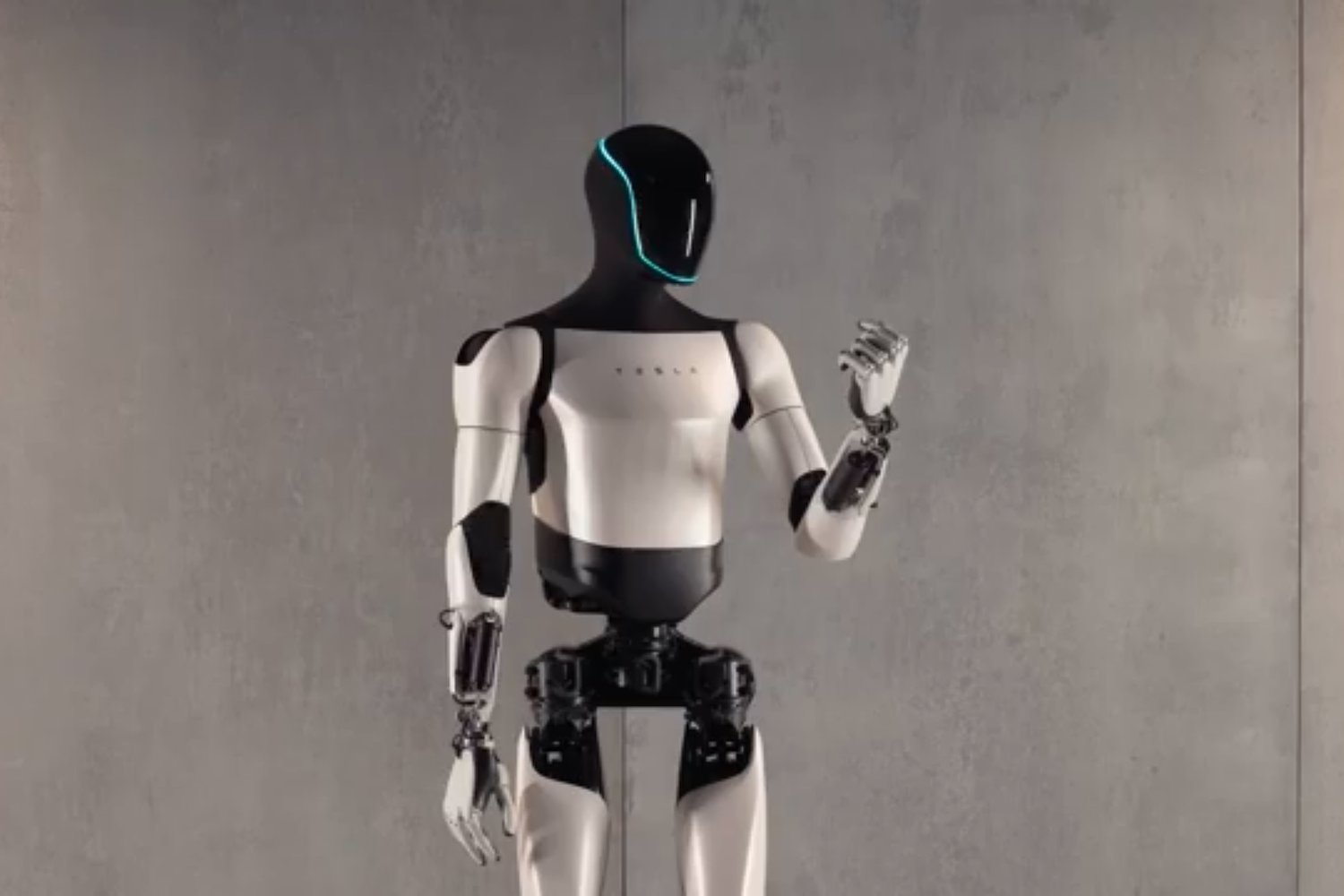The power of fungus is among us, as the organisms could be the secret to operating future robots that are more versatile and durable. That’s the theory behind a recent experiment that saw engineers from Cornell University using mushrooms to control machines.
The Cornell researchers were not trying to inspire some kind of The Last of Us-style horror game or TV show. Instead, they were attempting to examine the potential of using electrical signals generated by fungi to control robots. So-called biohybrids are a growing object of fascination for engineers.
Biohybrid machines are gaining popularity because fully mechanical robots are falling behind animals in terms of efficiency, durability, and capabilities. Past experiments used grown frog muscles to build a swimming robot, or earthworm tissue in a micropump. But using tissue derived from animals (the tissue is actually cultured from cells and not removed from a living being) requires exacting conditions, such as a sterile environment, and steady infusions of antibiotics. While both plants and microbes have been used in hybrid machines as a way around this problem, fungus could be even more advantageous. For example, fungi can be easily cultured, and can survive even in extreme environments.
To see if these benefits could be put to use in a biohybrid setting, the scientists cultured root-like mycelia structures of king oyster mushrooms—one of the most commonly eaten mushrooms in the world—inside a 3D-printed scaffold. The scaffold had electrodes built into the bottom, and as the mycelia grew, they fused onto those electrodes. The scaffold was then hooked up to a five-legged, starfish-shaped robot that was built out of both rigid and soft materials. Associate Professor Robert Shepherd from Cornell’s Sibley School of Mechanical and Aerospace Engineering led the new paper published in Science Robotics,.
The mycelia generated electrical signals when they were exposed to ultraviolet light. When the researchers hit the fungi with flashes of the light, they would electrically stimulate the electrodes. Those, in turn, were used to successfully control the robot’s legs, making it stand up straight.
To see if they could repeat the results, the team connected the fungi to a different robot, this one a four-wheeled doohickey that resembled a stunted skateboard. Once again, it was a success: when the light shone on the mushroom parts, the robot rolled.
The experiment was so successful that the researchers began to envision potential practical applications. Because the fungi used in the experiment continued to respond to their environment for months, it demonstrated “the potential for real-world application, perhaps in agriculture or security,” the researchers wrote.
The scientists noted that there are several challenges that will need to be addressed before their methods can be deployed in the real world. Most notably, the electric signals issued by the fungi degraded over time, and capturing weak signals proved to be challenging. Also, just like animals, fungi have the annoying habit of dying, which means new systems for amplifying signals will need to be concocted, as well as techniques for regenerating dying mushrooms.
To summarize, don’t put in a preorder for a mushroom-powered Roomba just yet. If your concerns lean more luddite and you’re worried that mushrooms will fuse with their mechanized environments, creating fungi-driven Terminator-like killing machines, calm down. That’s already a reality.














